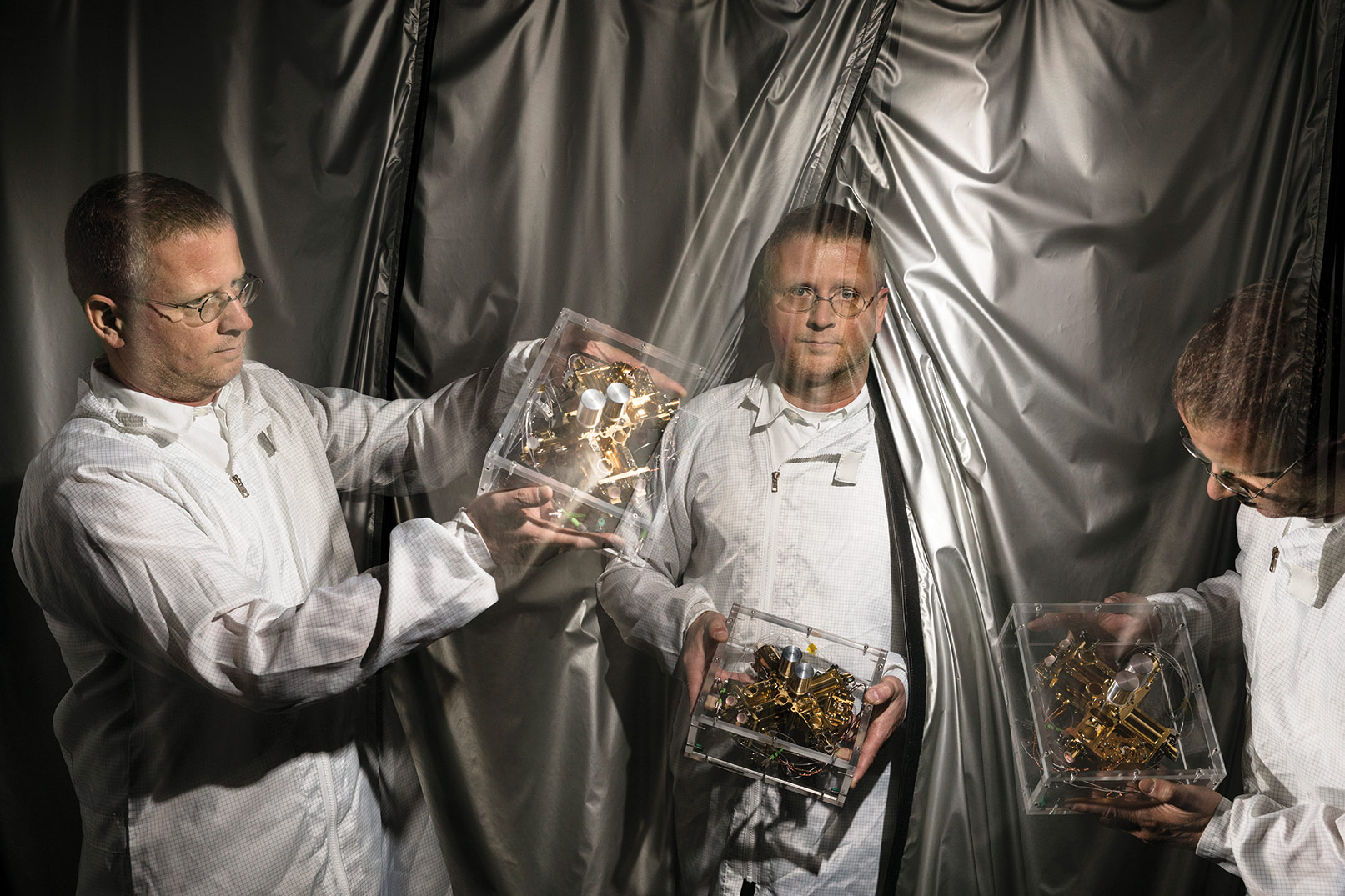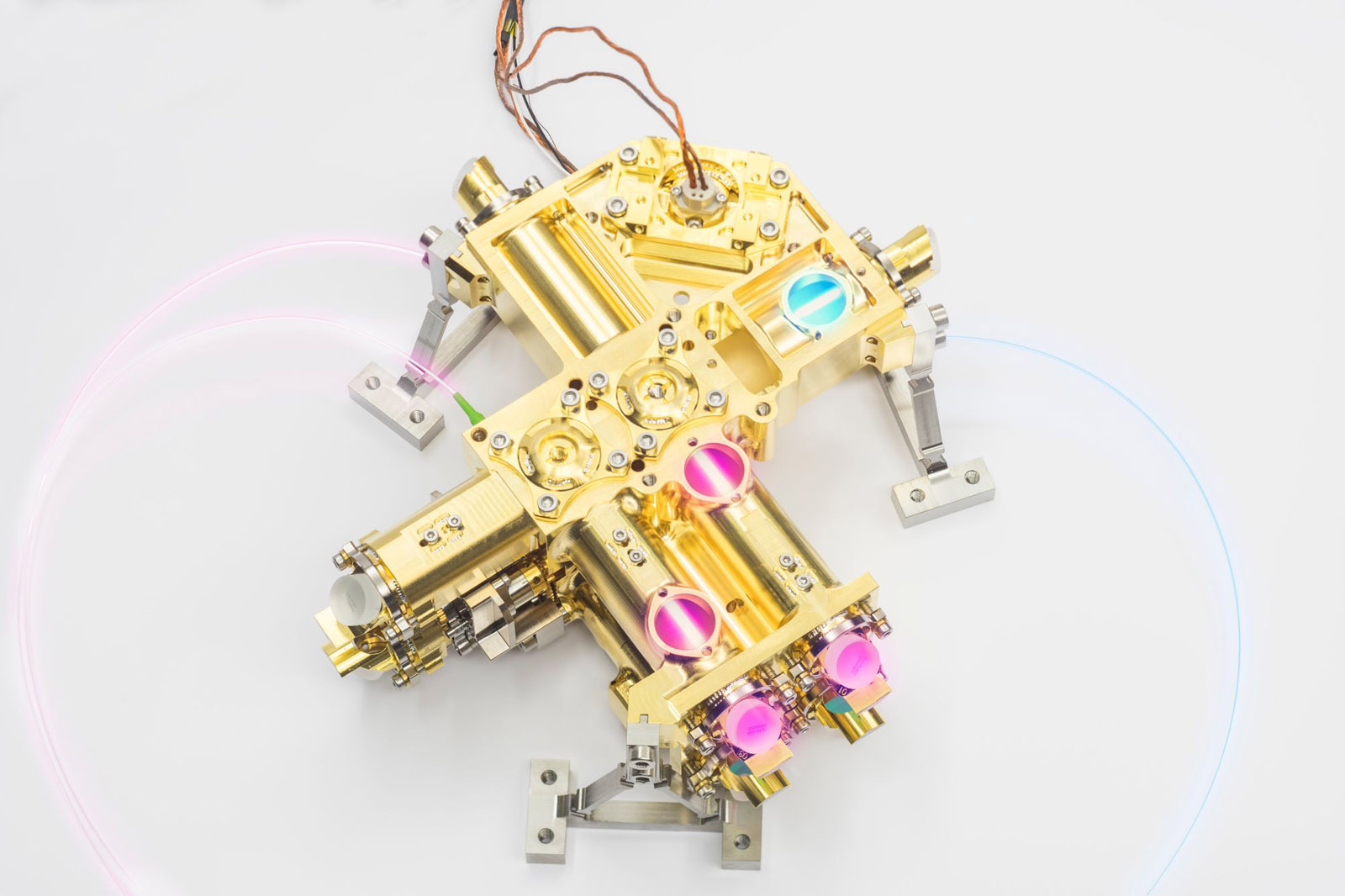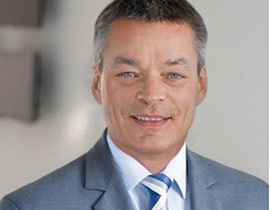How entangled quantum revolutionize our communication


A glimpse of the wonders to come in the world of quantum mechanics is to be had at Fraunhofer IOF at Jena. Its scientists are exploring ways of harnessing entangled photons to enable secure communication and enhanced imaging.
Erik Beckert brandishes a shiny golden device bristling with fibers and wires. A photon source with a nonlinear crystal, this device generates 300,000 entangled pairs of photons per second. Fraunhofer IOF’s quantum research focuses on correlated light particles which may show "spooky action at a distance". Twin photons’ properties always complement each other regardless of the distance between the two, so measuring the first tells you the state of the second. This turns out to be a useful feature for powerful physical encryption to foil hackers, plug data leaks and prevent snooping and thievery by industrial and economic spies.
Beckert, an engineer and self-taught quantum mechanic, explains the entanglement precept thus: “We use entangled photons to generate secure quantum keys on a physical basis and transmit them via satellite to our communication partners on Earth with as little interference as possible. Any attempt to intercept the communication is detectable because it disrupts this entanglement.” The first quantum ciphering satellite of European origin to be equipped with this photon source is expected to launch into space in 2022. Its development owes a great deal to the efforts of Beckert, his Jena team and other partners.
The future of quantum encryption has arrived, with financial service providers, telecoms and government agencies taking such a keen interest in the technology. Fraunhofer, Max Planck, the German Aerospace Center DLR, the German Federal Ministry of Education and Research and industry partners embarked on a major campaign to make quantum encryption a reality. Called QuNET, this project aims to erect a high-security communications network over the next few years by connecting government sites via unhackable links. It will also provide the underpinning for quantum communication infrastructure spanning Germany. Beckert believes quantum cryptography could be the ticket to secure online banking further down the line.
Efforts are already underway to make quantum communication affordable for the mass market. Called UNIQORN, this project involves 17 partners from across Europe. Researchers at the Fraunhofer Institute for Telecommunications, Heinrich-Hertz-Institut, HHI in Berlin are doing their part by developing miniaturized, quantum-enabled components that will be easy to install in home routers. One of the scientists’ goals is to slash the costs of quantum communication by 90 percent to put it within reach of cash-strapped consumers.
